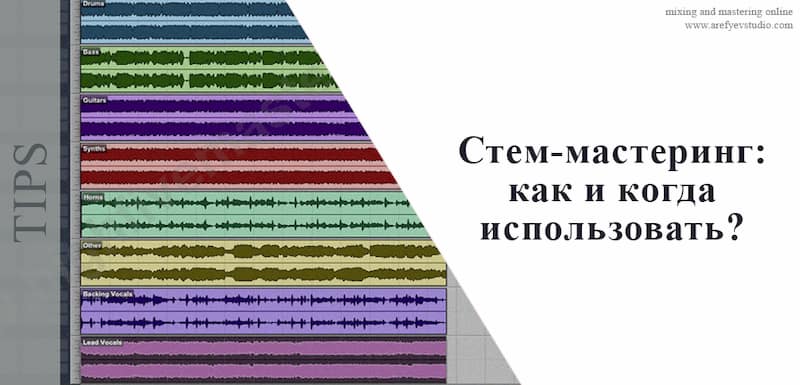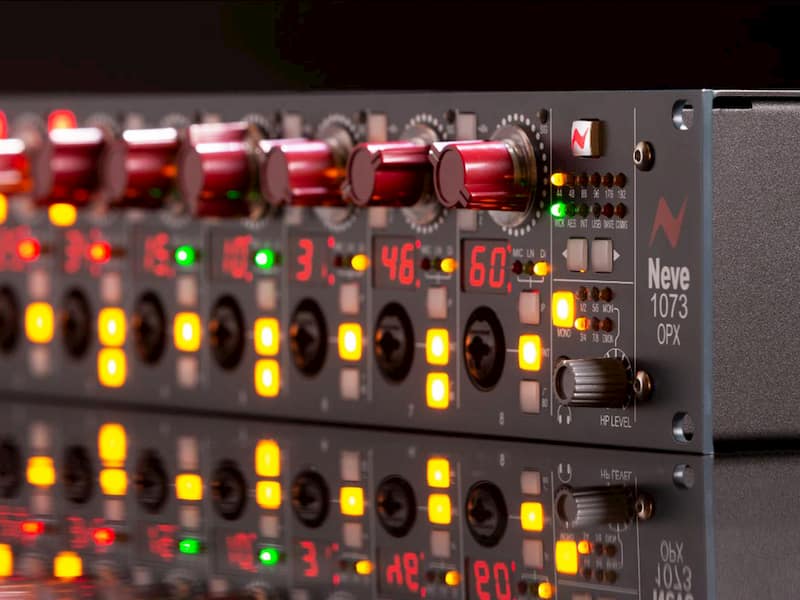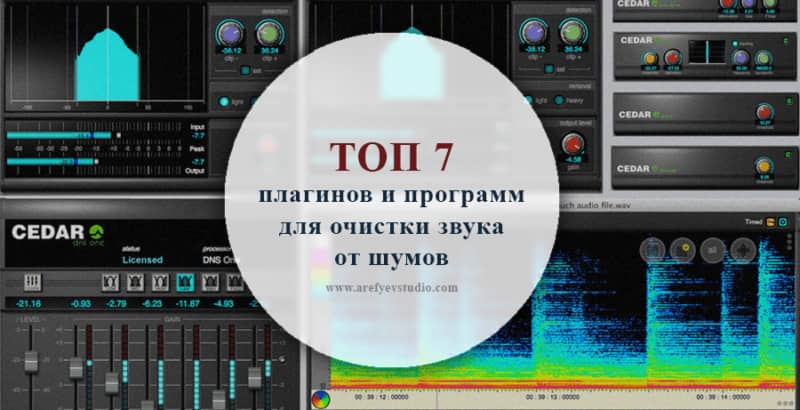Producing and processing their own music can take a lot of time, so musicians have the opportunity to order stem mastering online and at an affordable price. Stem mastering allows you to keep the idea / view of the author on the processing, and at the same time improve the quality of the composition due to the processing of each group of the track.
With a little practice, you’ll be able to create unique tones and improvisations, but getting the overall balance, depth, dynamics, and timing you hear in well-designed songs right is difficult to do in an unprepared room and with amateur equipment. Difficulties can arise at different stages: monitoring, premises, technical skills and even just experience.
Usually, even mastering two tracks can fix a lot of balance issues within the same mix, but it won’t allow the mastering engineer to work through the project in detail. Today we’ll look at how to split a large project into stems and how to submit them to a service called “stem mastering”.
Not all songs need to be mixed by a sound engineer, but if you are in a situation where you are not completely sure about the recording and mixing of a track, stem mastering can be an easy and quite economical solution. In recent years, we have noticed that an increasing number of modern musicians do their own mixing, but complete the project with the help of stem mastering to give a professional touch to their projects. This good compromise gives the author freedom to create the track the way he hears and sees it. Below are a few tips and tricks for preparing your project for submission to stem mastering at the recording studio:
1. Track formats and export from a project
It’s a good idea to save sample rate instrument groups in 32-bit Float WAV format. This will protect you from clipping the peaks of the sound and transmit the highest quality material. Even if the original project stands out for 0 dB on the master channel of the program – this sound information will not be distorted and dynamically compressed. The mastering engineer will independently balance the project. Important: If the export is in 24bit or 16bit, make sure that the sound does not exceed 0db on the master channel.
2. The best way to split a project into groups
There are many ways to submit a project for stem mastering, from the simplest (submitting an instrumental mix and one acapella) to the advanced. If you are interested in precise music processing, we offer the following options:
- Track #1: Kick
- Track #2: Snare
- Track #3: Percussion (cymbals, hats, toms, etc.)
- Track #4: Bass
- Track #5: Music A (legato and rhythm type instruments
- Track #6: Music B (staccato or melodic type instruments)
- Track #7: Lead vocals
- Track #8: Background vocals
- Track #9: Entire stereo mix
Each track must be saved with all processing, including any compressor, EQ, space and other effects.
See also: Magix Sound Forge Pro 16: new dynamic EQ and improved visualization
3. Creation and verification
Make sure the export area captures the project from the first to the last second (including reverb and reflection tails). After exporting, create a new project, put the saved groups into it and listen to how the material sounds. Are all effects in place? If something is missing, the person doing the work will not be able to add them to the project. Place the resulting material in a folder, attach your whole mix (your draft), a document with the tempo and wishes, several tracks (in the same style) that you like in quality to it and archive it all. In this form, you can send the project to work.



